When we found out that due to Corona all the museums in Oslo were closed, we decided to leave this town for another time with hopefully better conditions. Instead we headed North to Lillehammer.
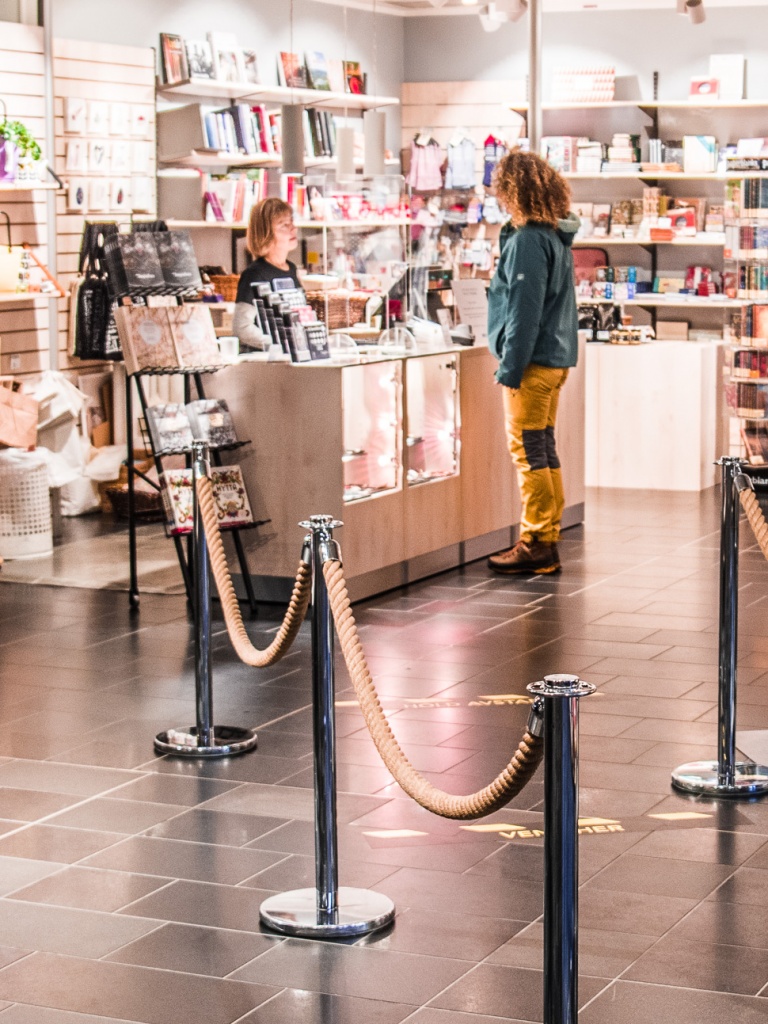
Here the huge Maihaugen museum was open and we could visit the open air area as well as the very interesting exhibitions inside. Outside more than 200 buildings from different eras give an insight into the live in Norway during history.
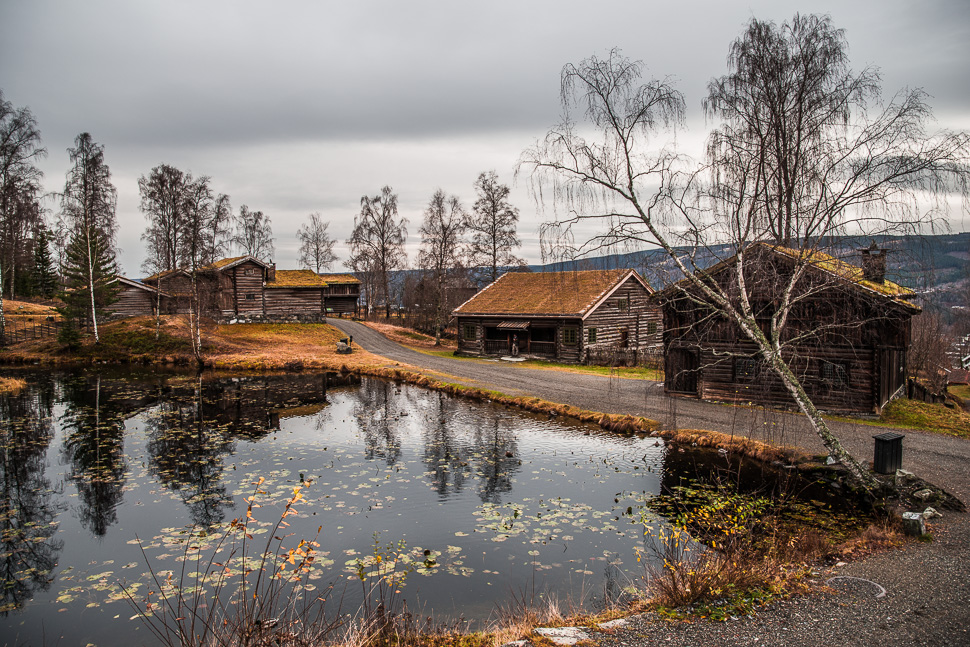
In the rural section many sunburned buildings were the homes of farmers, craftsmen and local officials of the old farming communities.
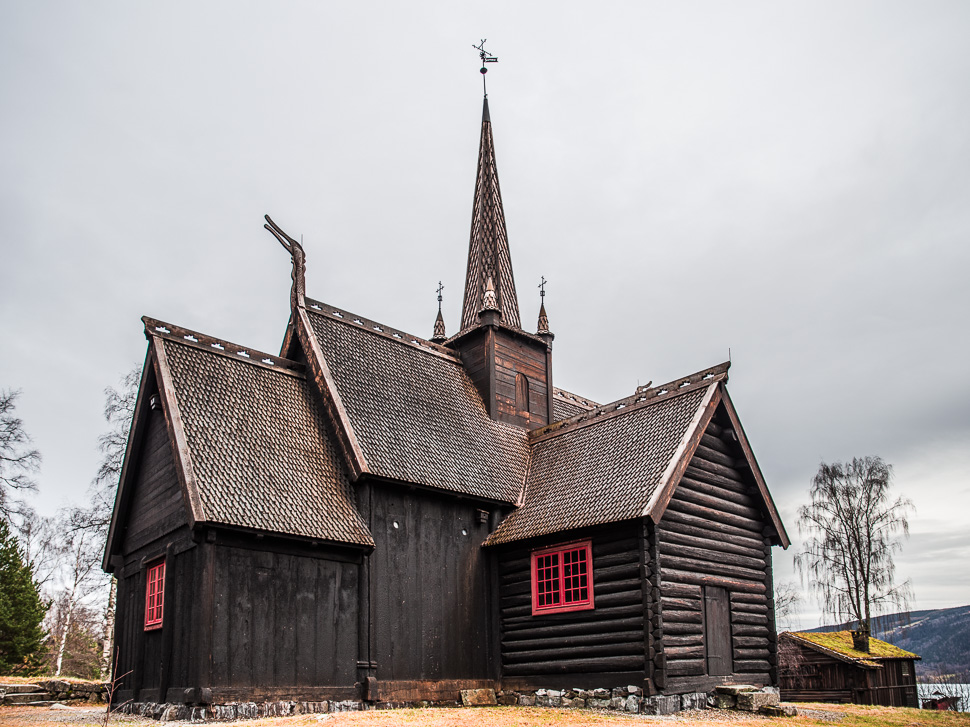
Garmo stave church was built early in the 1200’s, but has been extended several times, most recently in 1730. This was when it was given the current characteristic cross shape. The church stood originally at Garmo in Lom. It was dismounted in 1880, but the materials were kept and the church was reconstructed at Maihaugen in 1921.
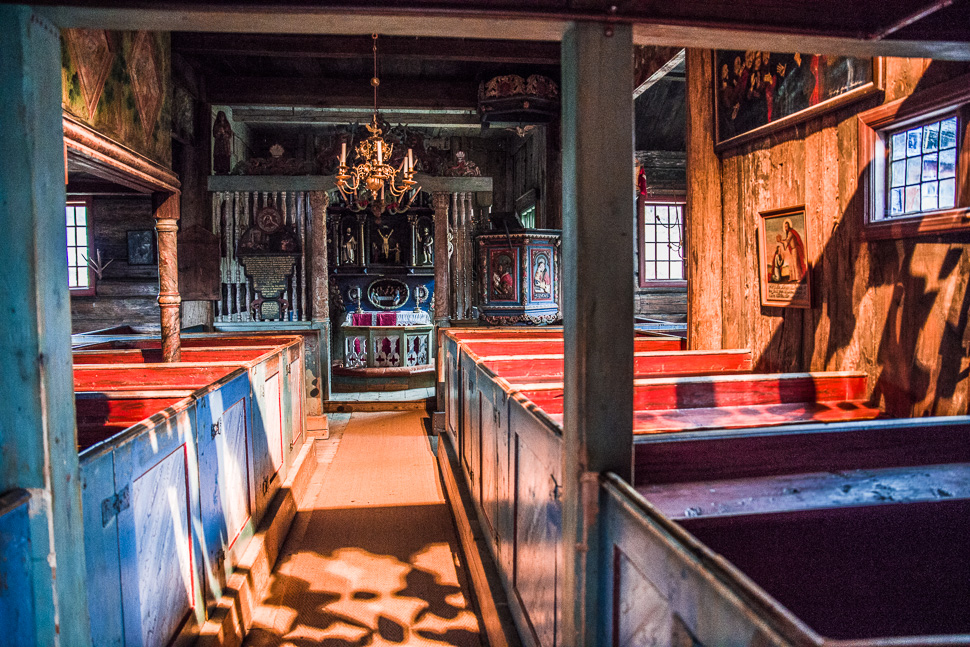
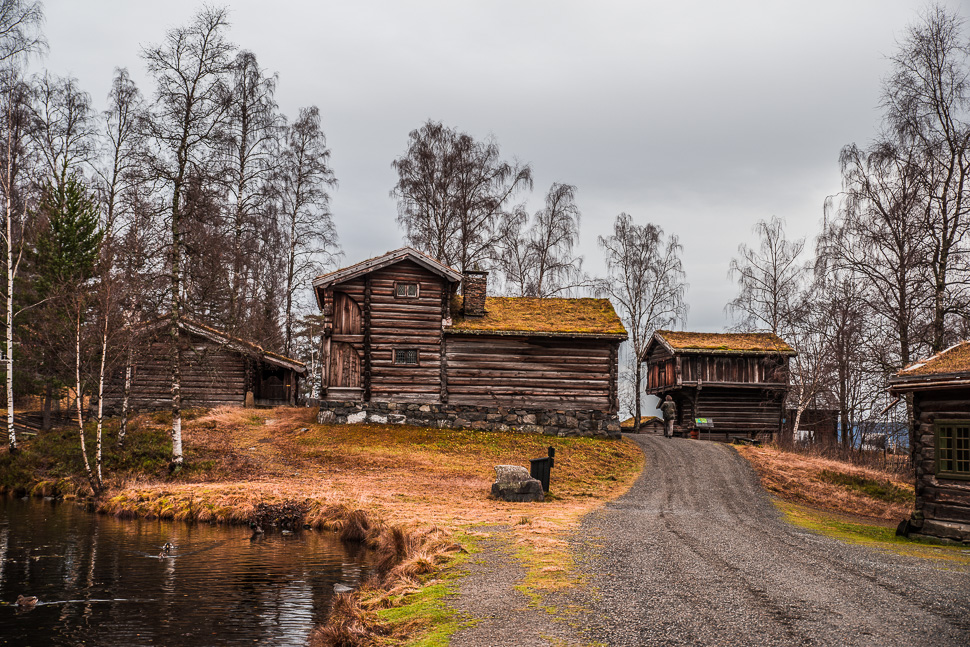
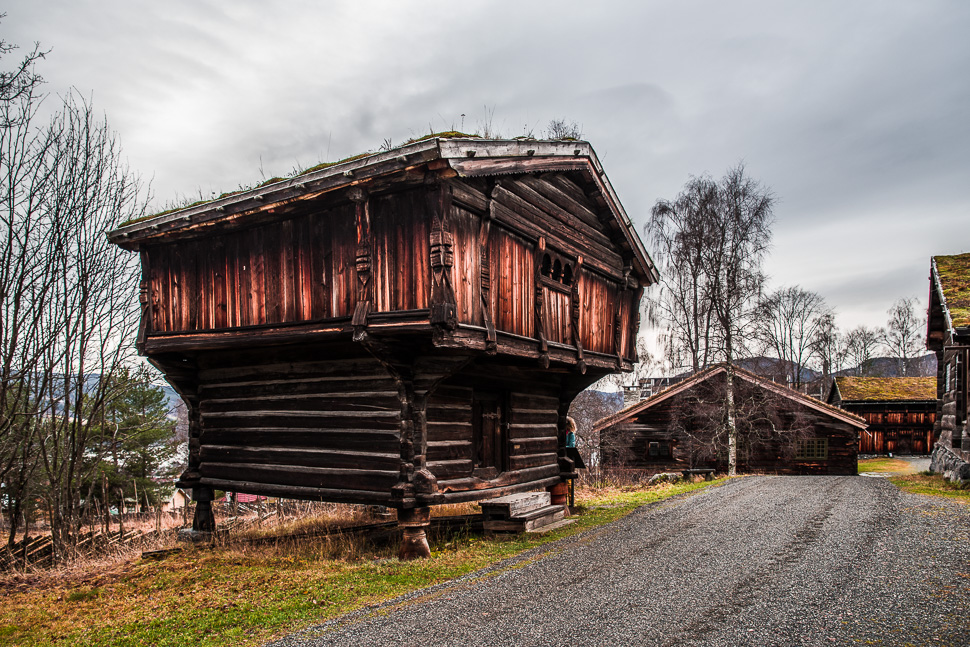
This kind of storehouses were used to store food like cured meat, sausages and flat bread. A staircase lead upstairs where clothes were stored. A storehouse was of great value on a farm and therefore beautifully decorated.
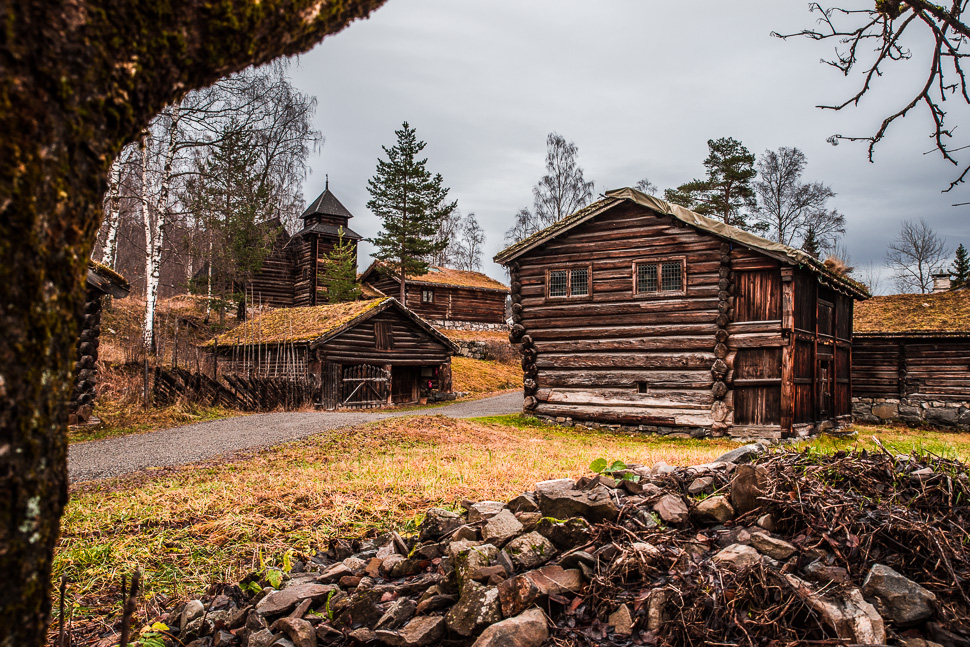
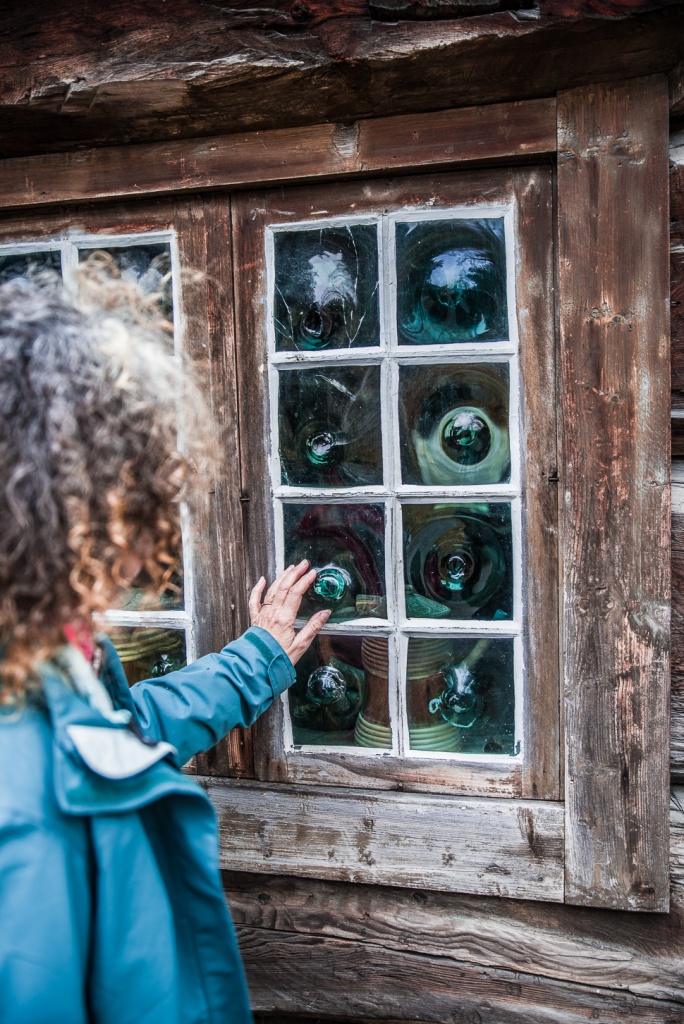
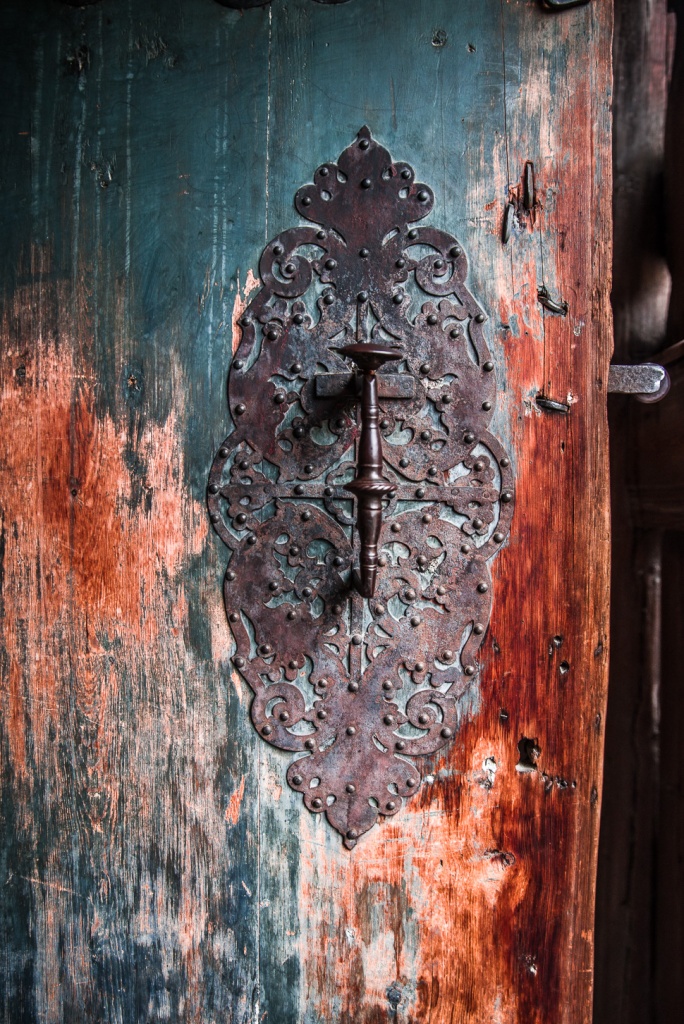
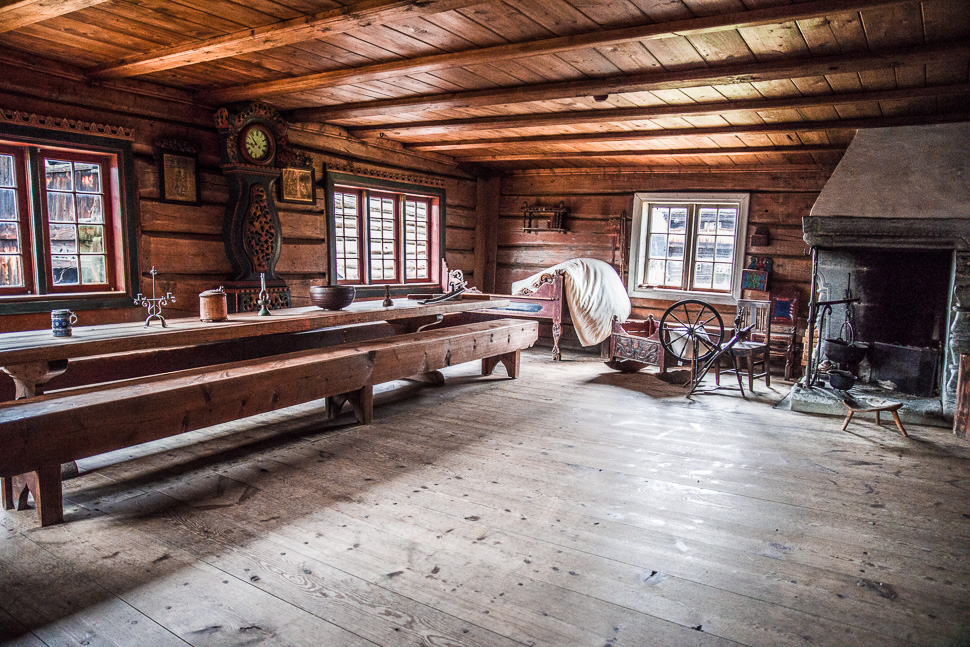
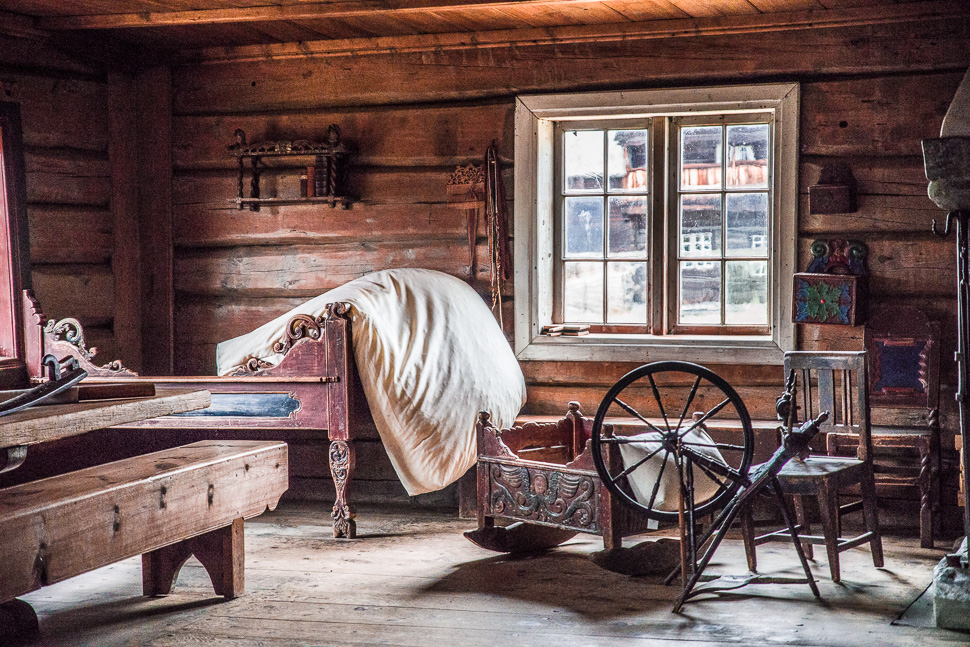
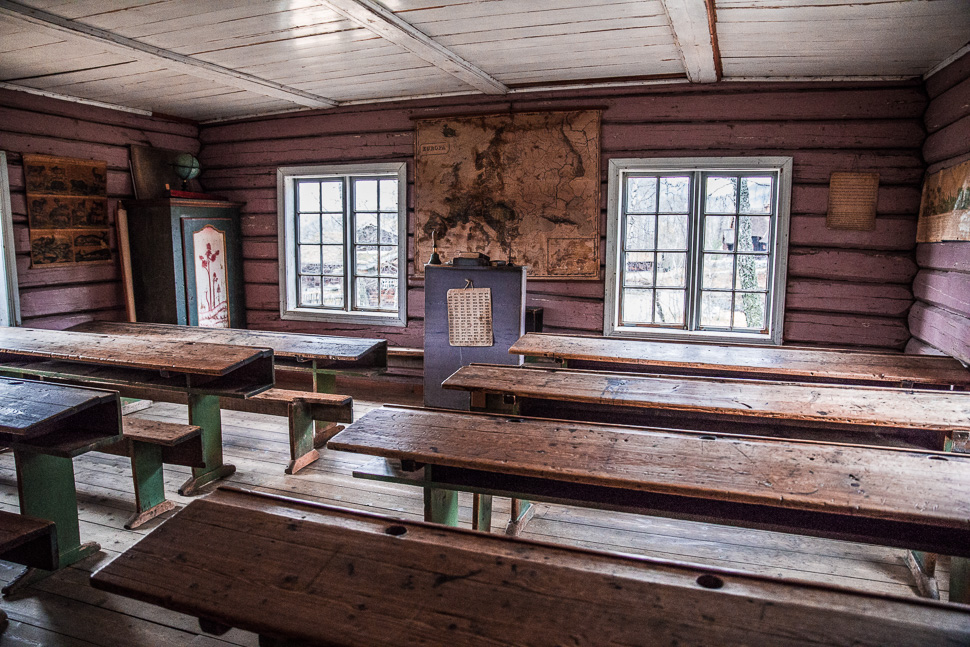
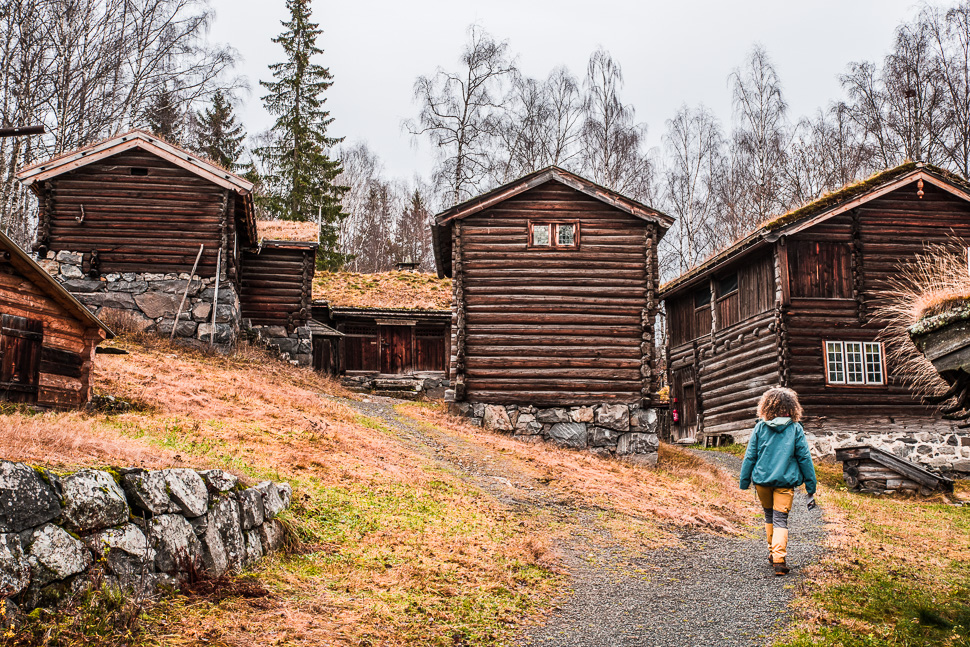
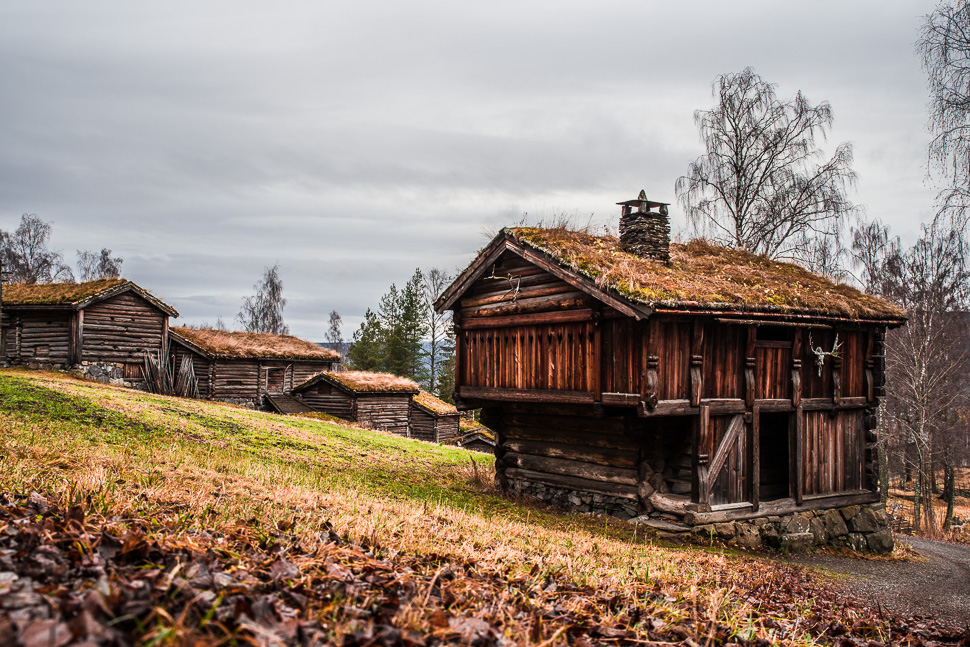
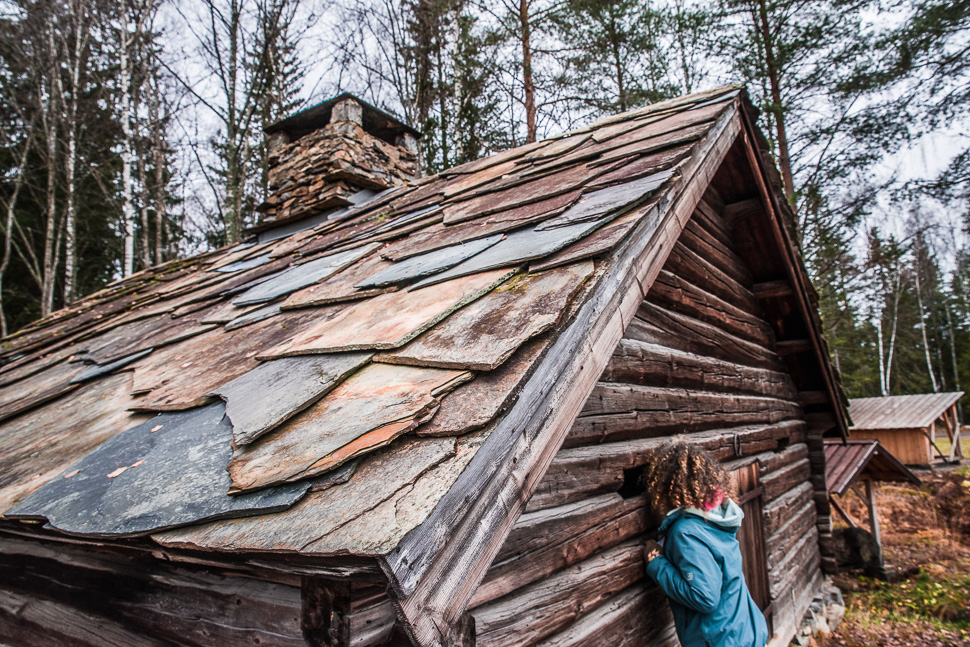
With the telephone booth from 1932 we had reached the residential area of the open air museum with houses from all the decades of the 20th century. A fascinating section of the museum, which felt like just another part of Lillehammer.
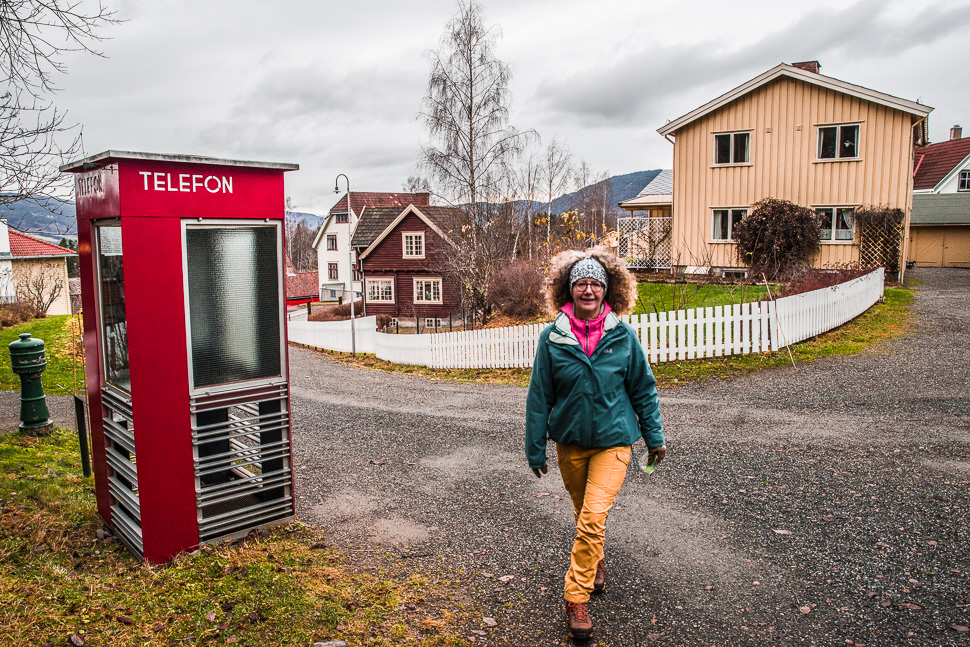
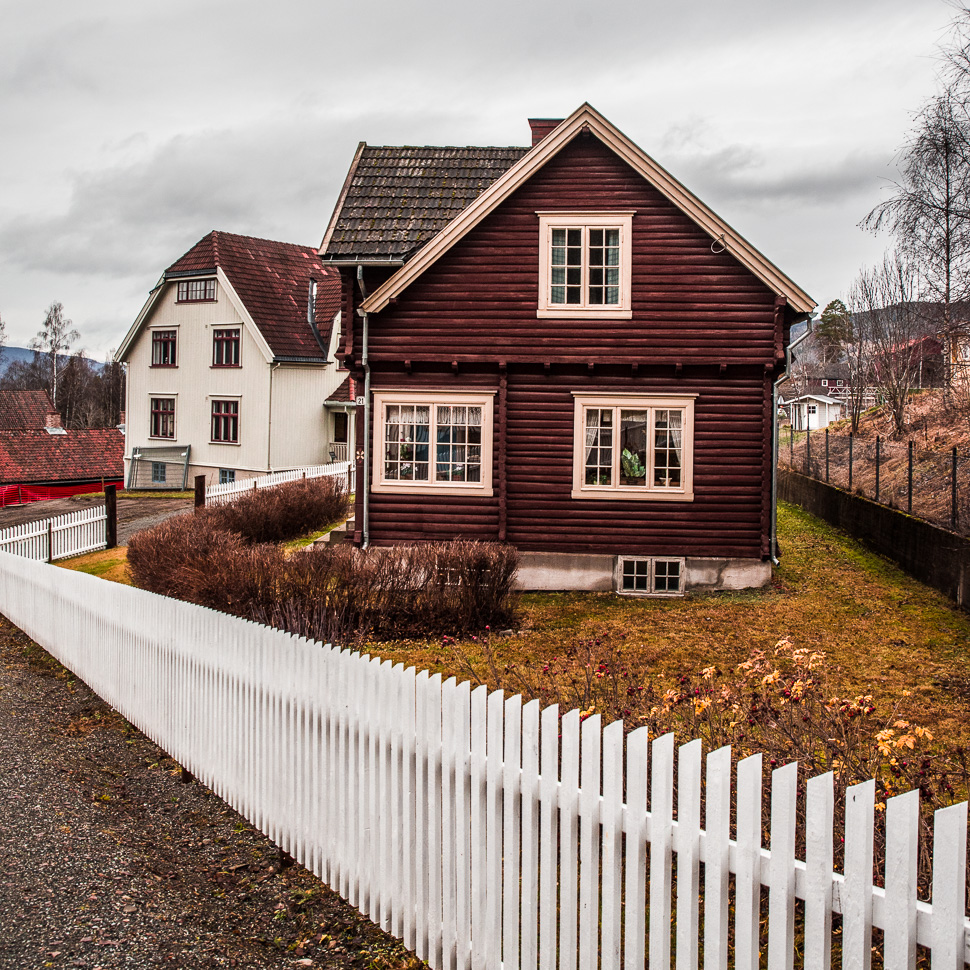
An unmarried woman in her forties was the first inhabitant of the house. She only used the ground floor for herself. The first floor was rented out. The house had water and electricity, WC in the basement, but no hot water tank. A wood fired oven in the kitchen was used for cooking. She used to run a café downtown. All the colours on the walls were returned to how it was when the house was built.
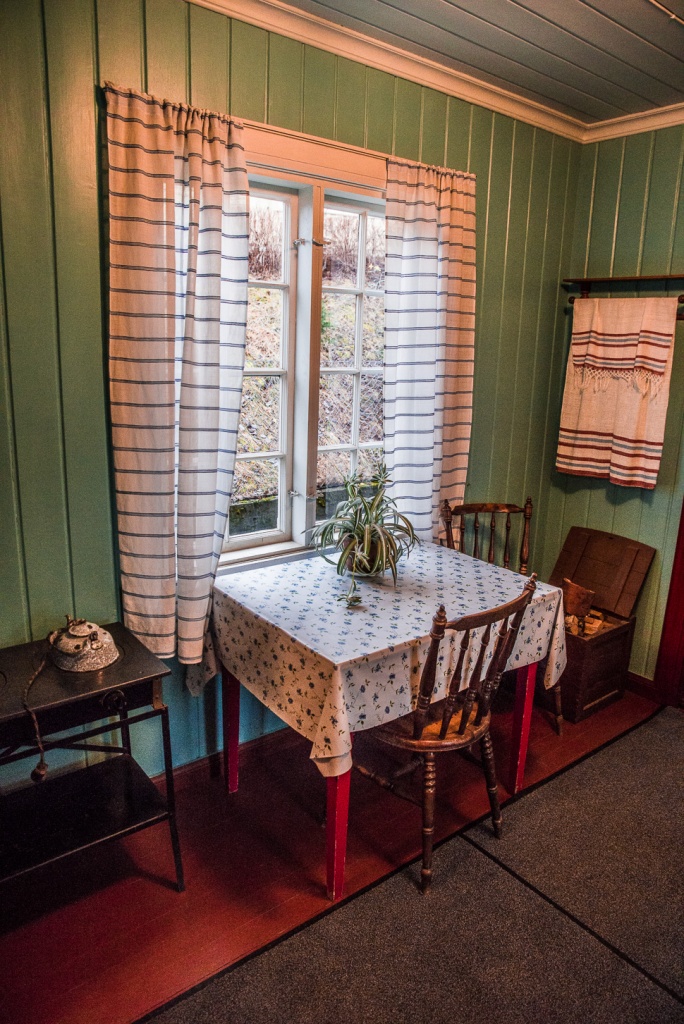
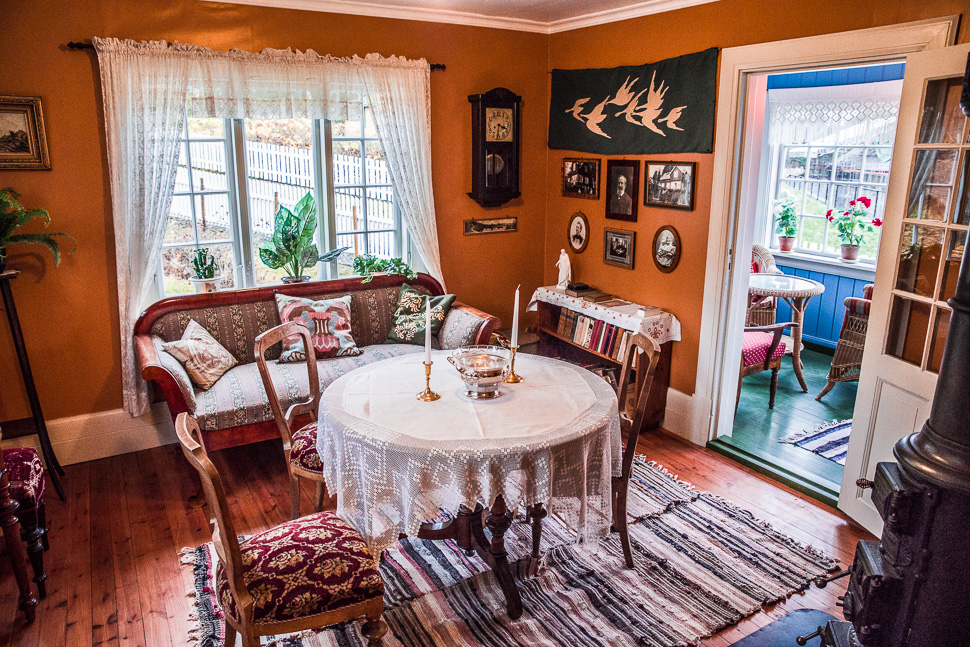
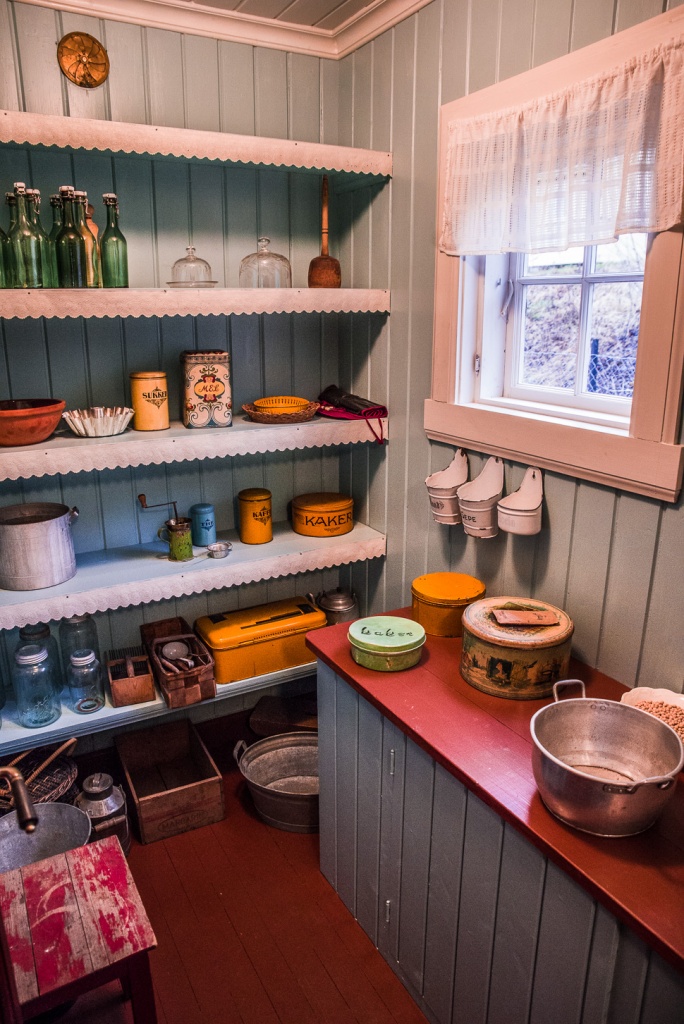
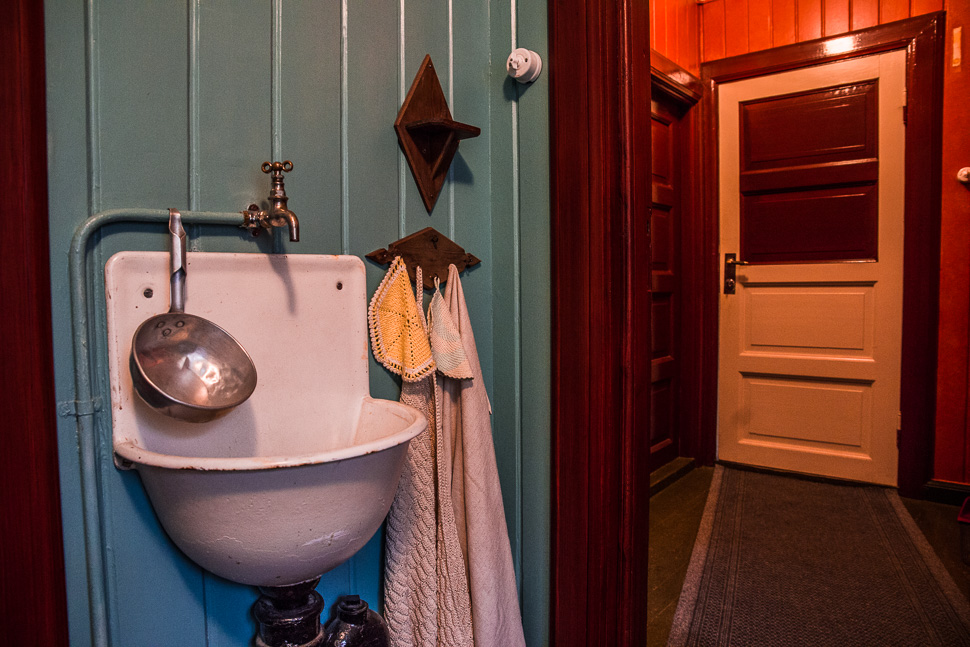
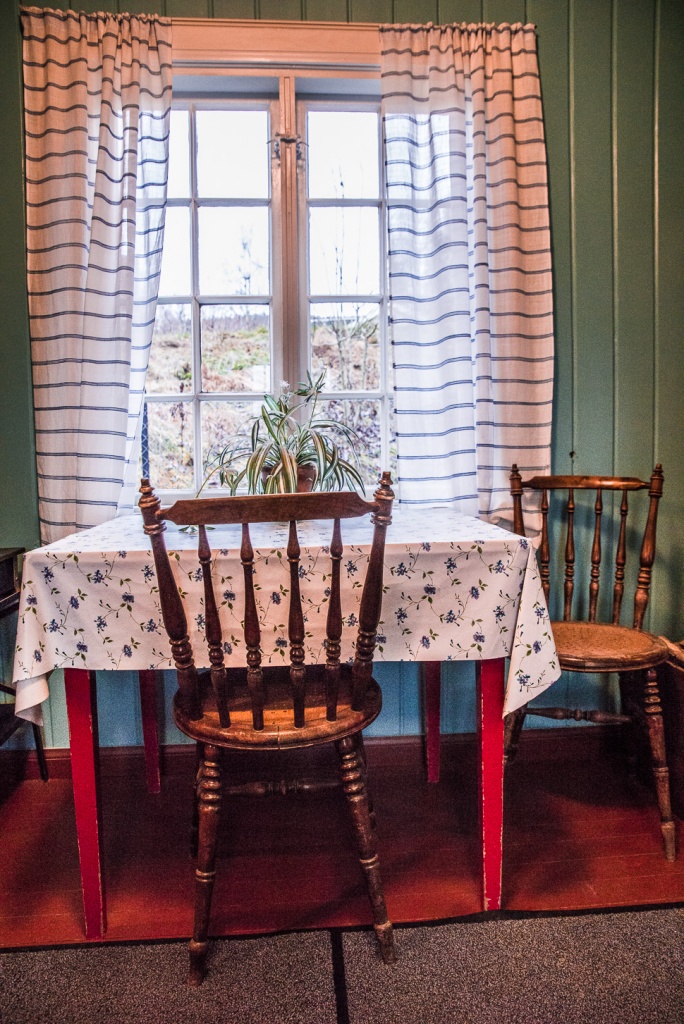
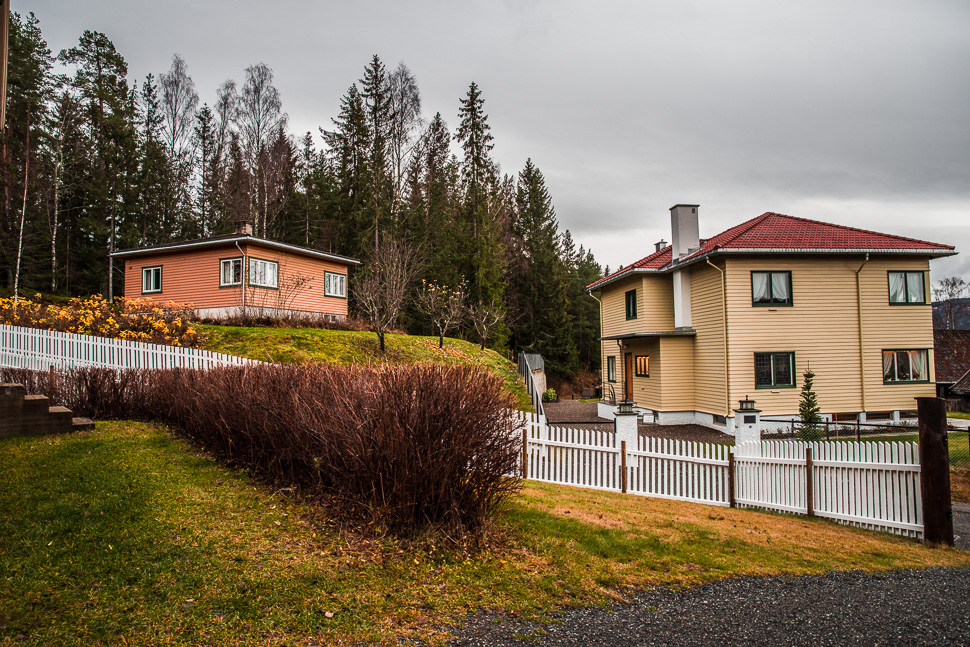
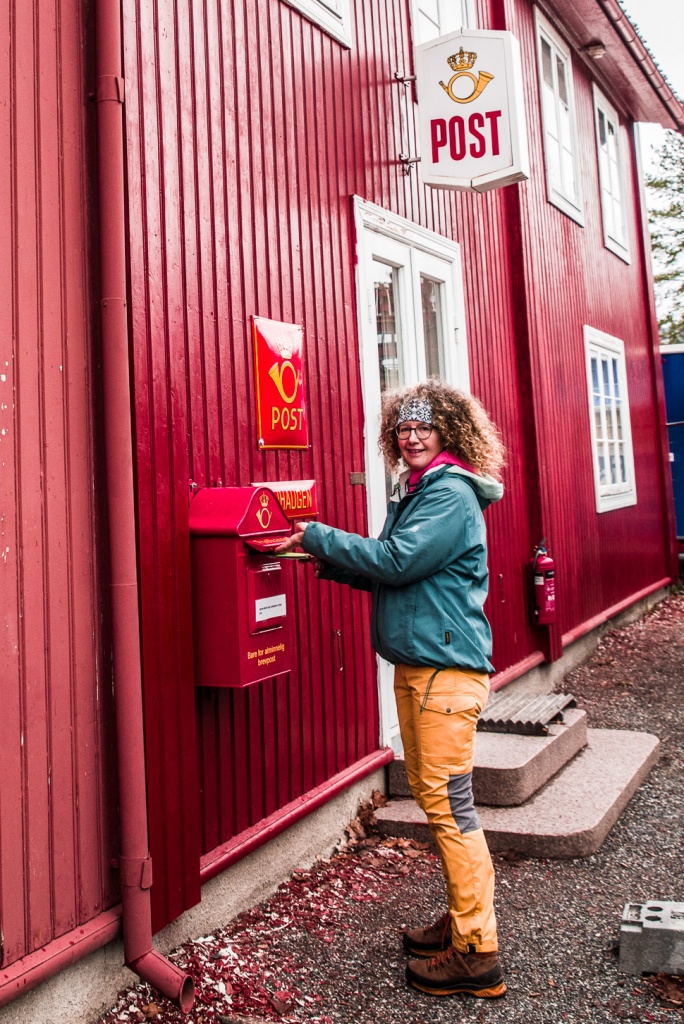
The third part of the Open Air Museum looks like an inland town in the early part of the 1900s. Many of the houses have been moved here from the centre of Lillehammer. Along Storgata (the High Street) there are different kind of shops and workshops.
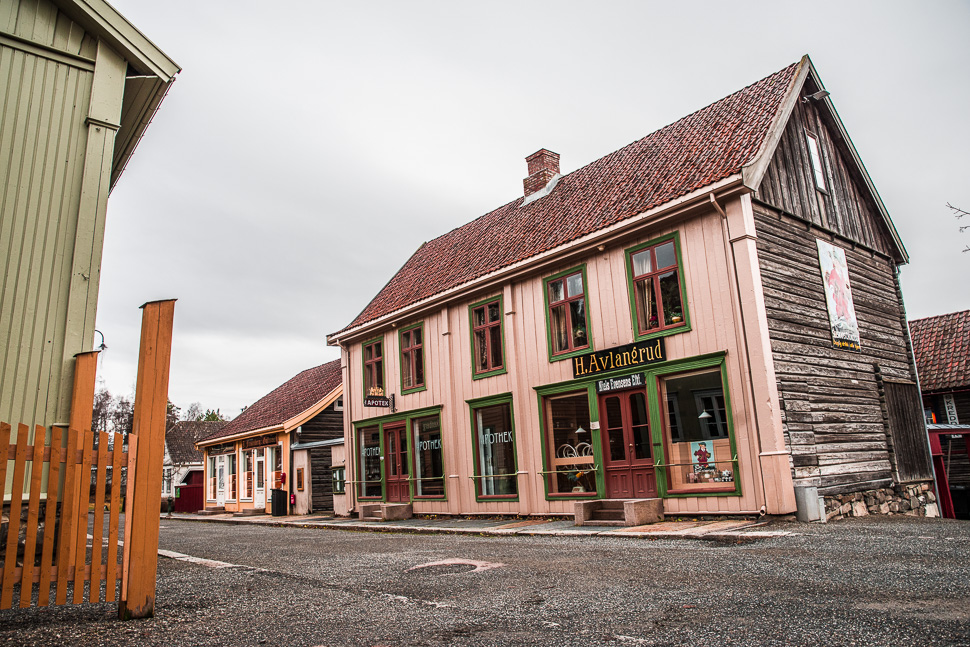
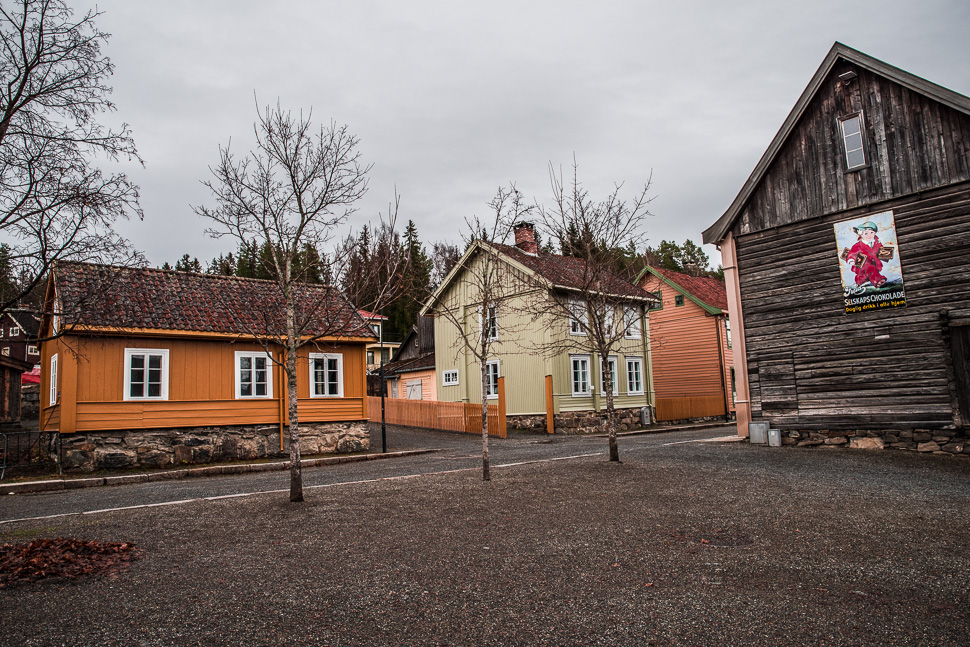
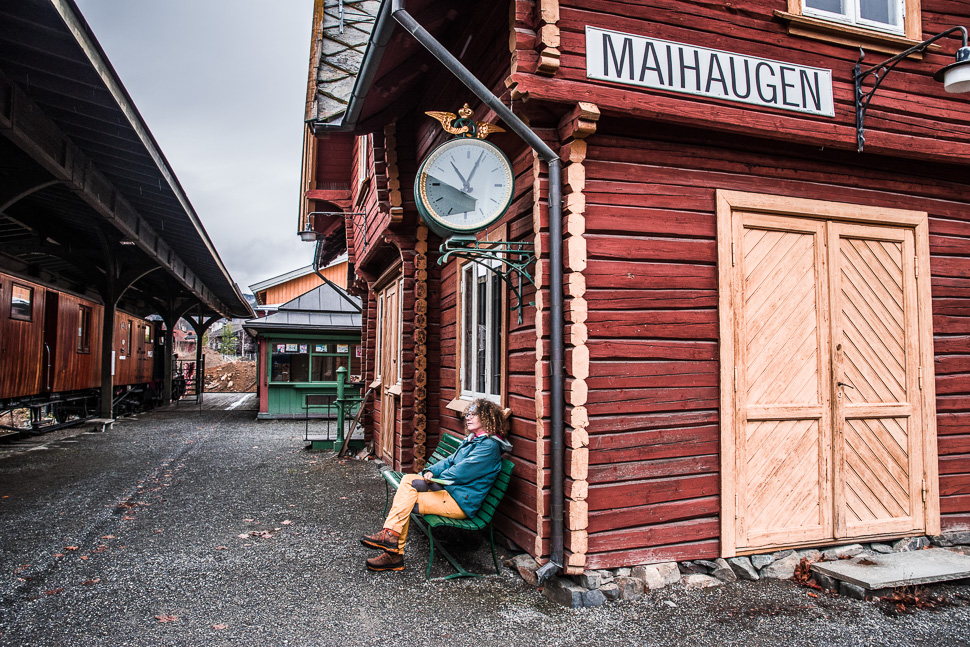
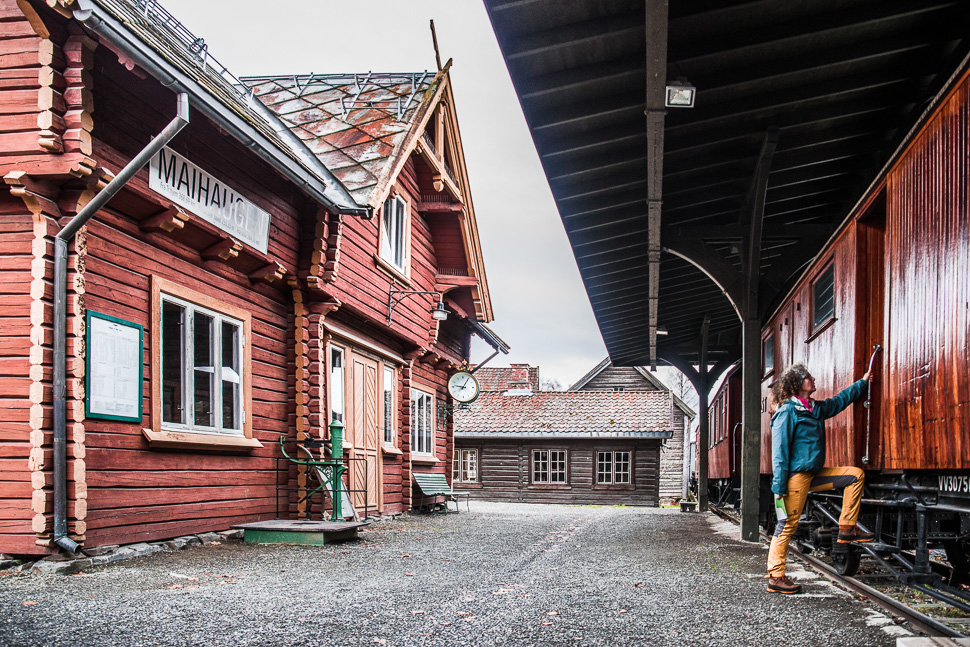
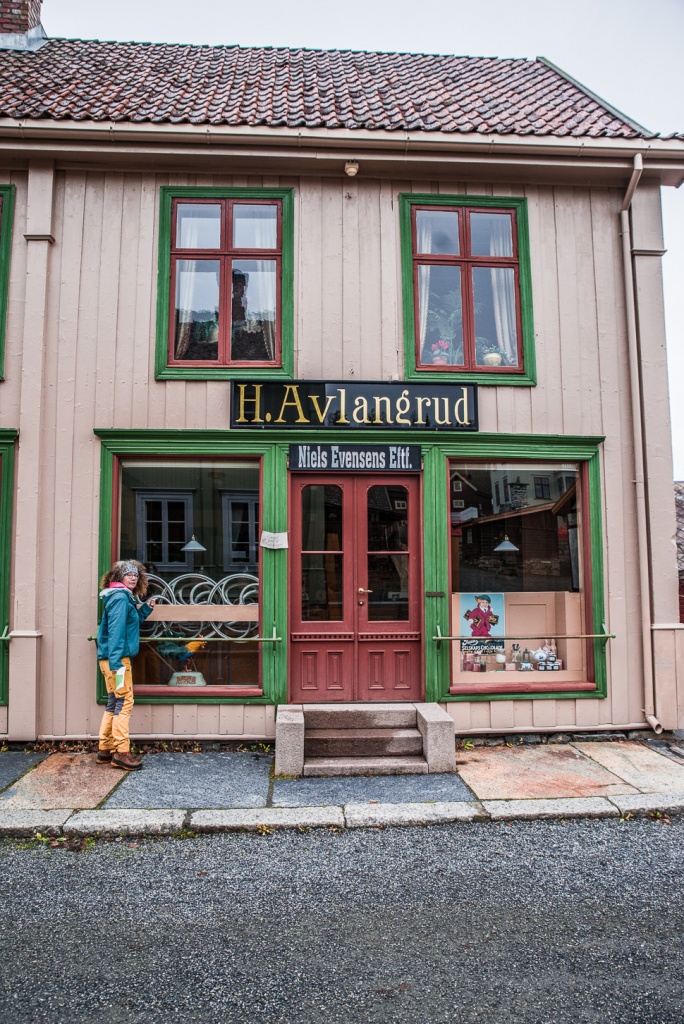
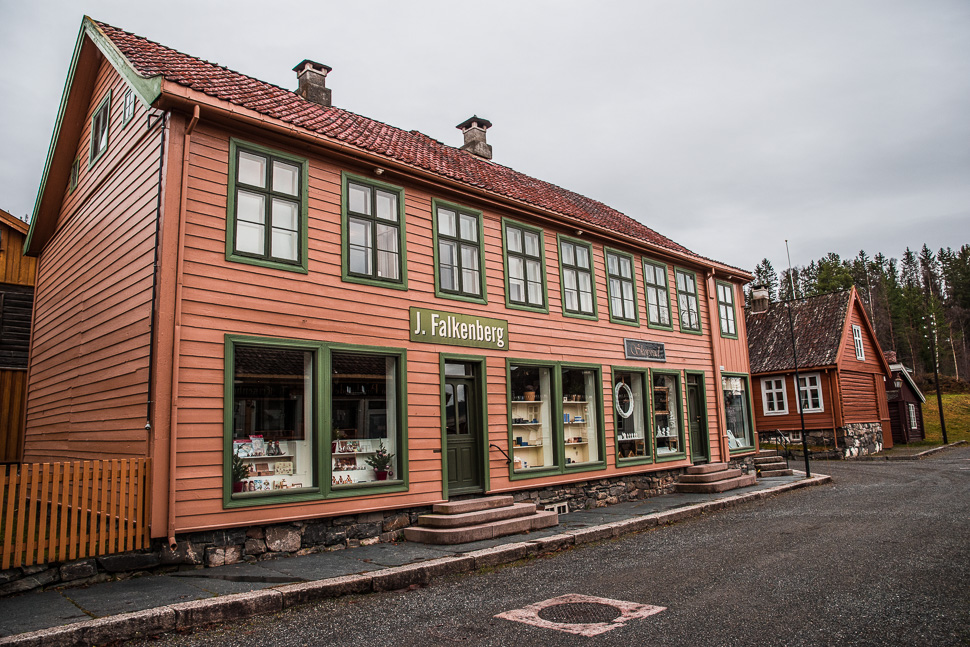
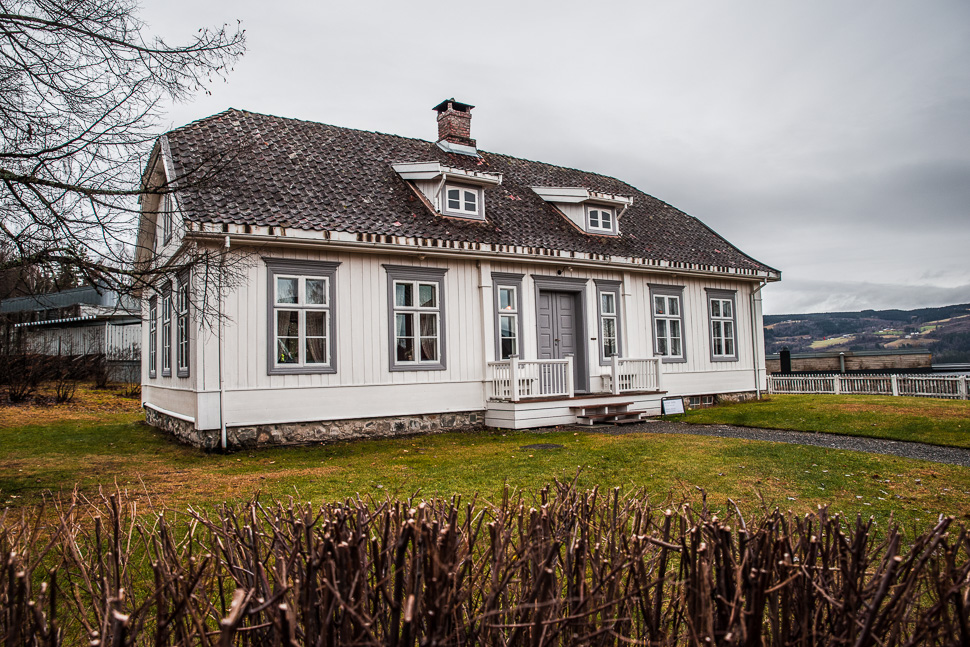
Summer house in the empire style used by a merchant and his family from Lillehammer. The house was designed to impress guests.
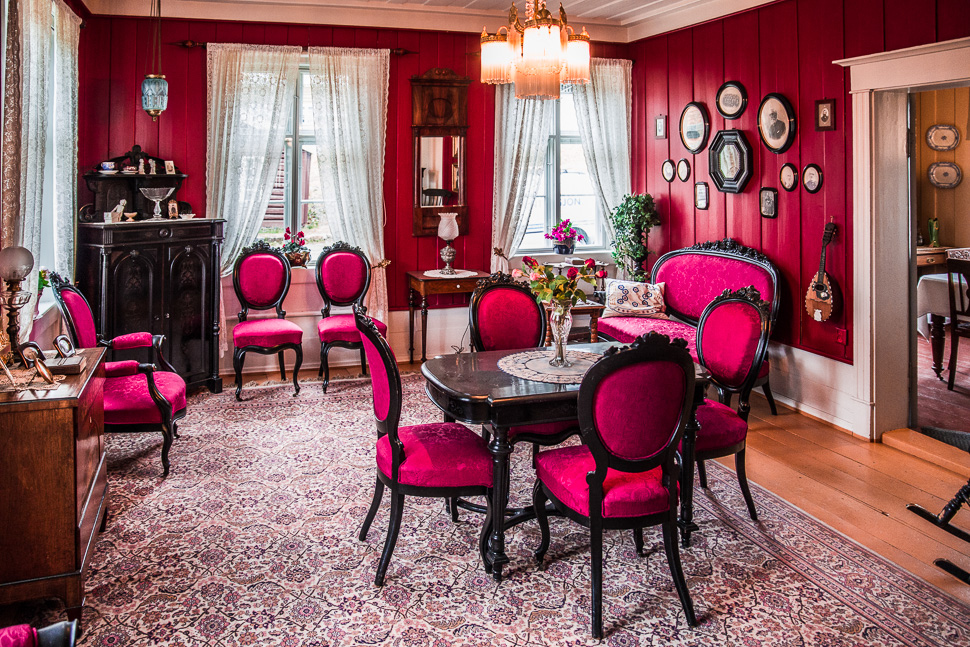
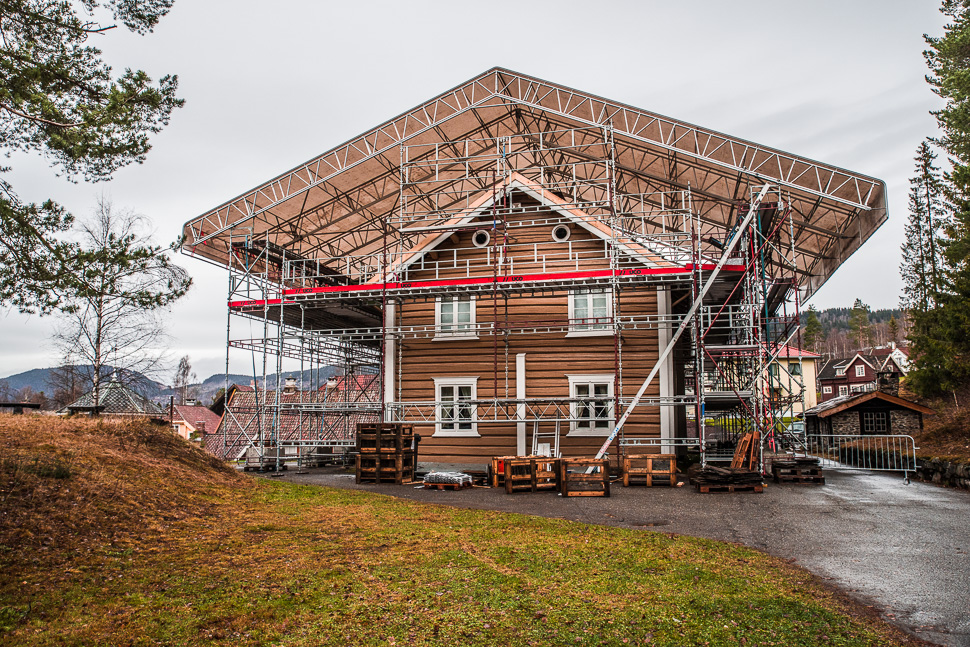
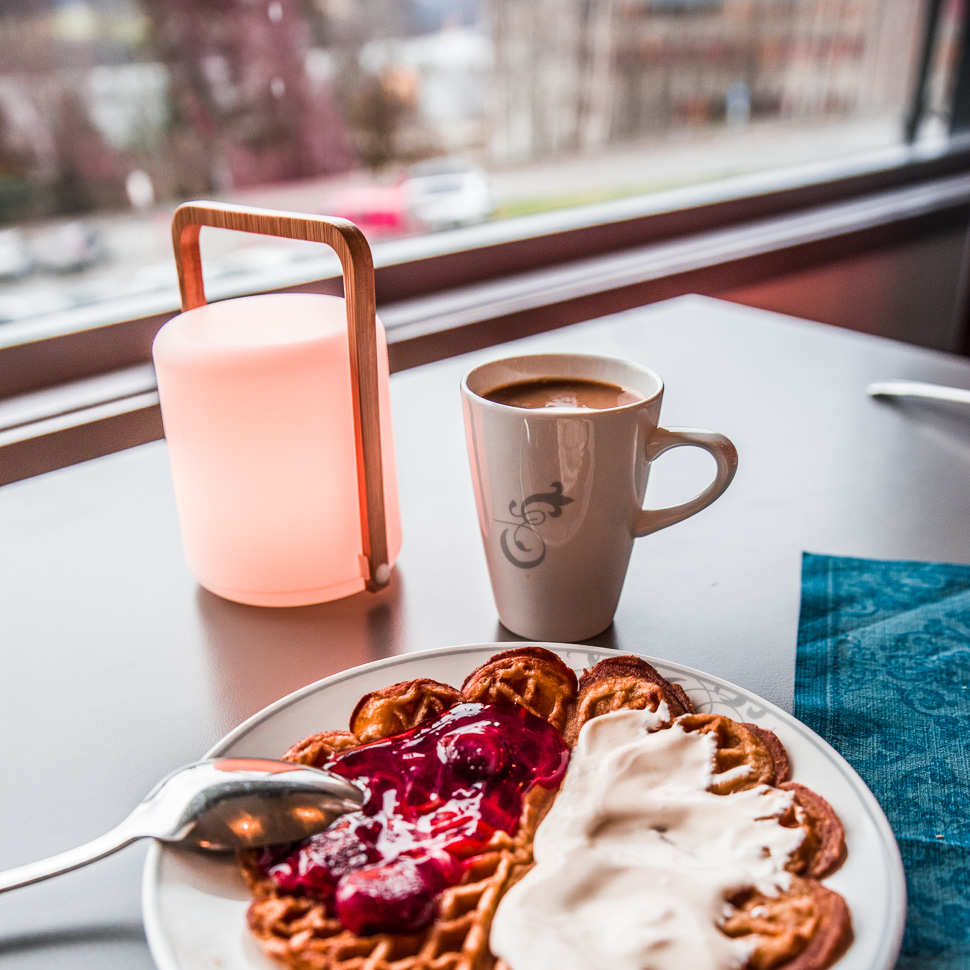
After our tour through the Open Air Museum we needed a brake before we went to the inside exhibition, and what could be better than typical Norwegian waffles?
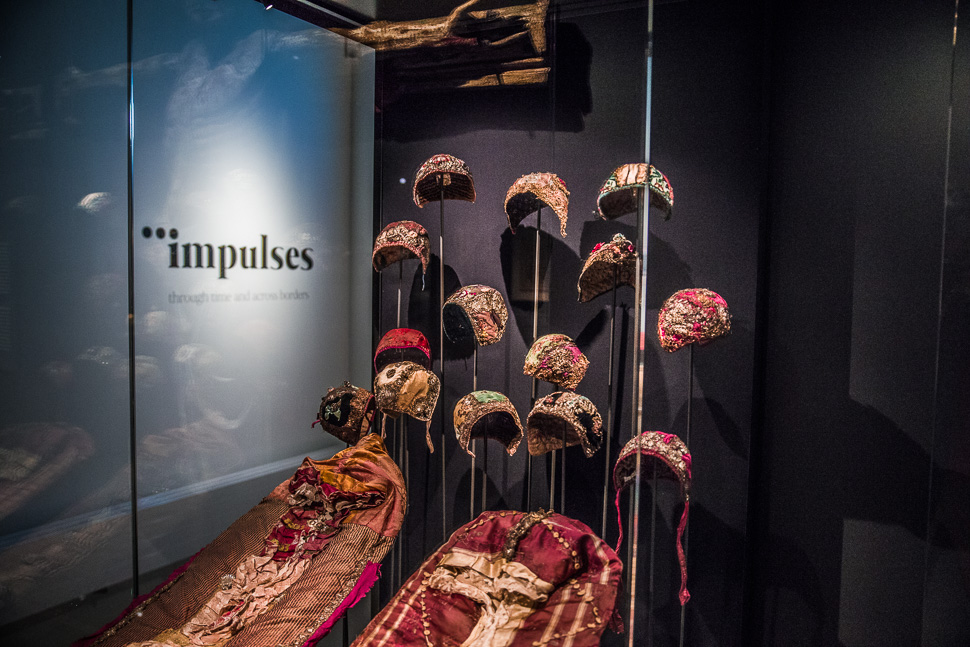
A new permanent exhibition opened just 3 weeks ago. At “Impulses” the overarching theme of the exhibition are influences and contacts across national borders. 1000 objects from the extensive collection of the museum are on display.
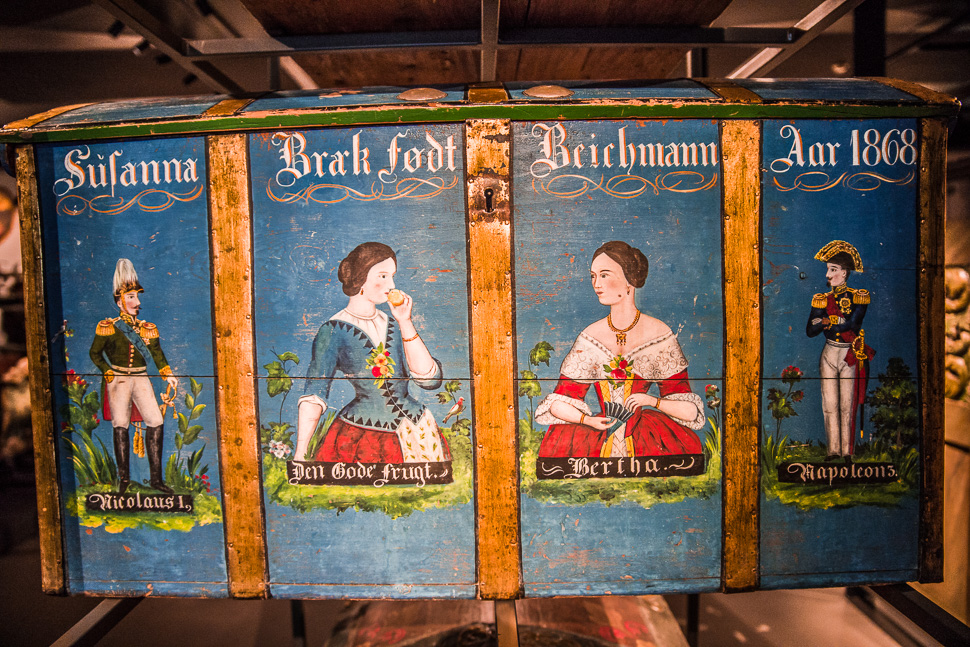
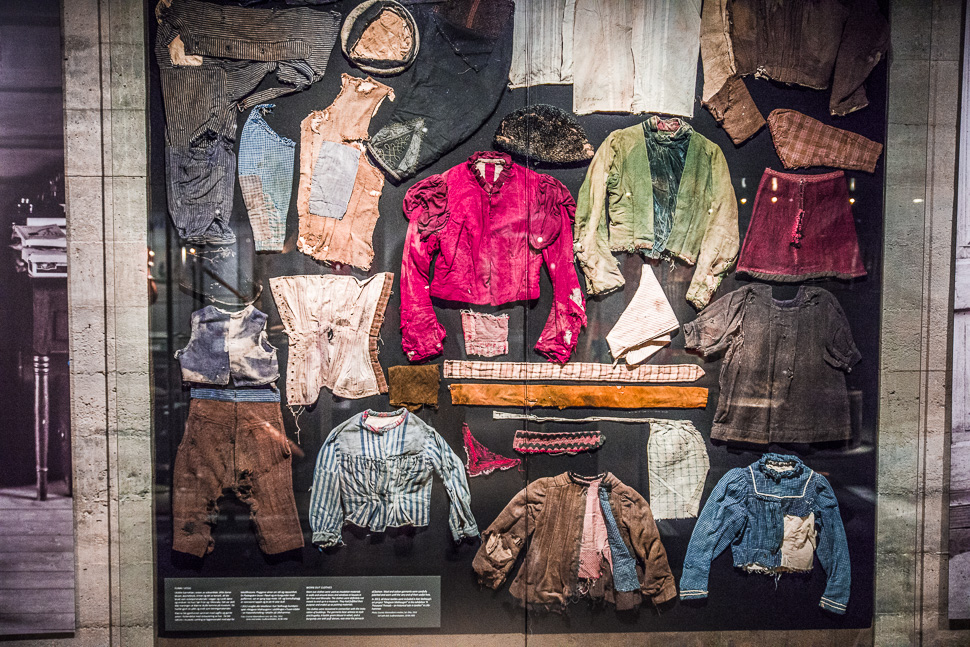
Worn-out clothes which were past repairable were used as insulation in the walls of the houses. During the process of rebuilding these houses at Maihaugen the clothes were discovered and some of them assembled at this wall.
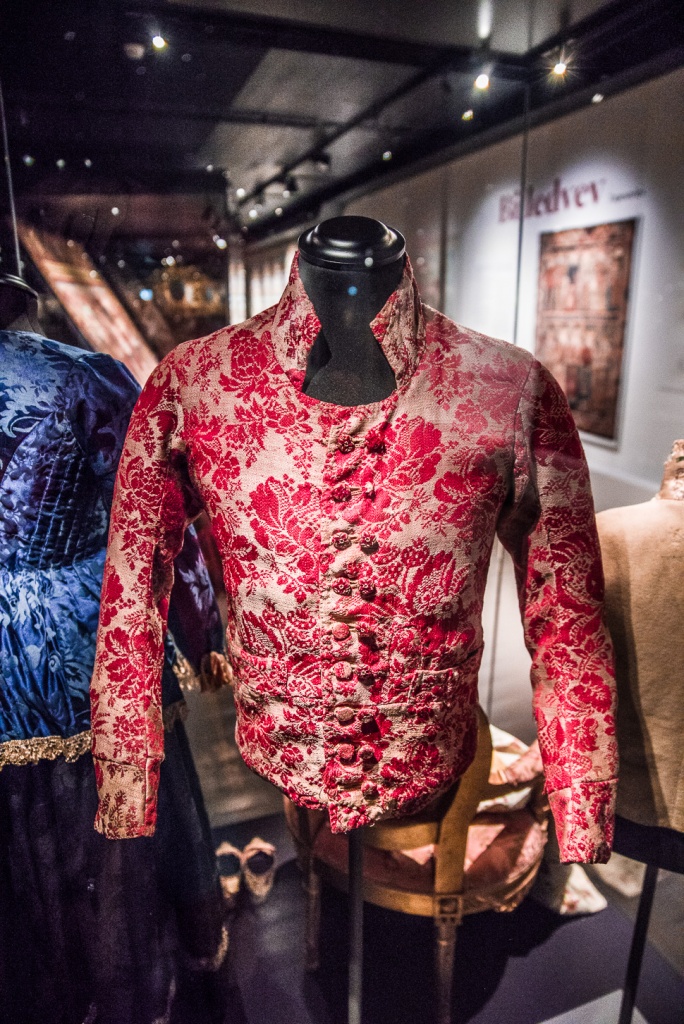
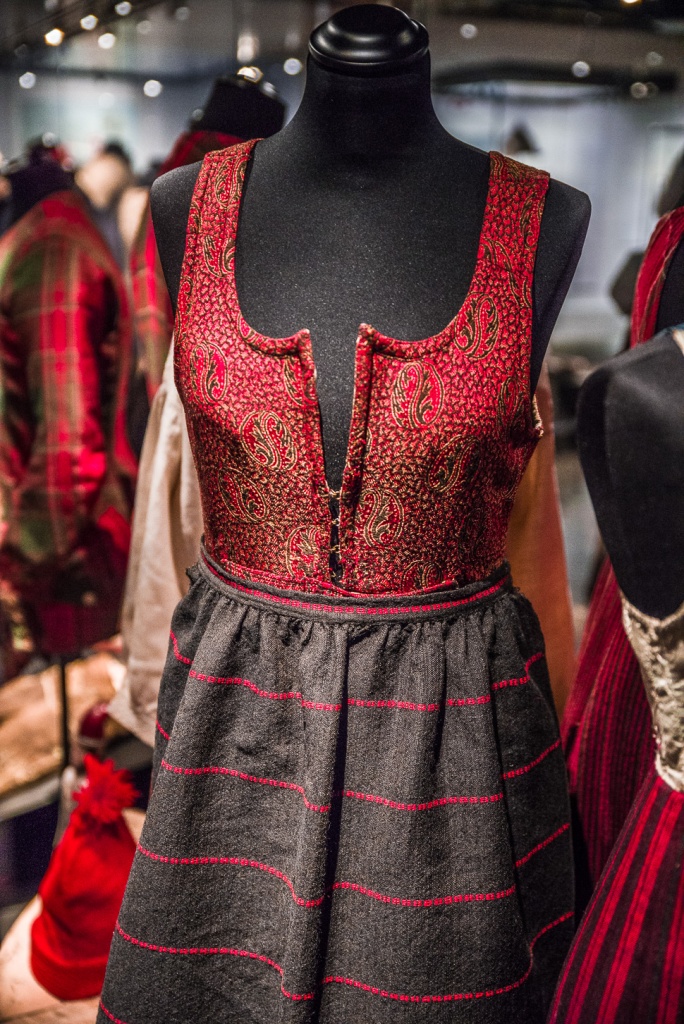
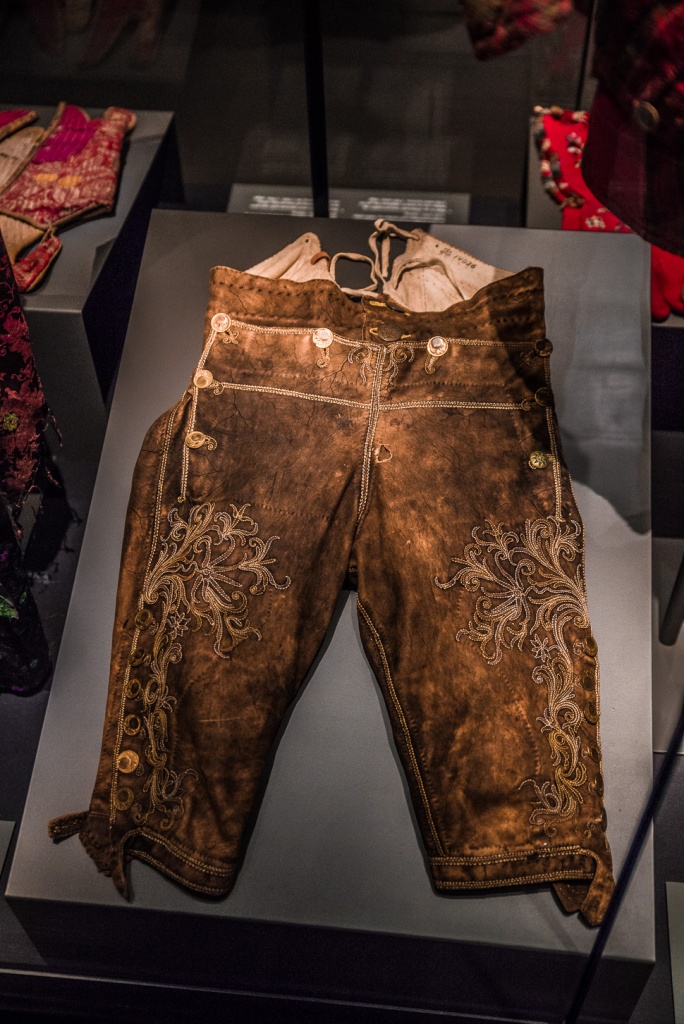
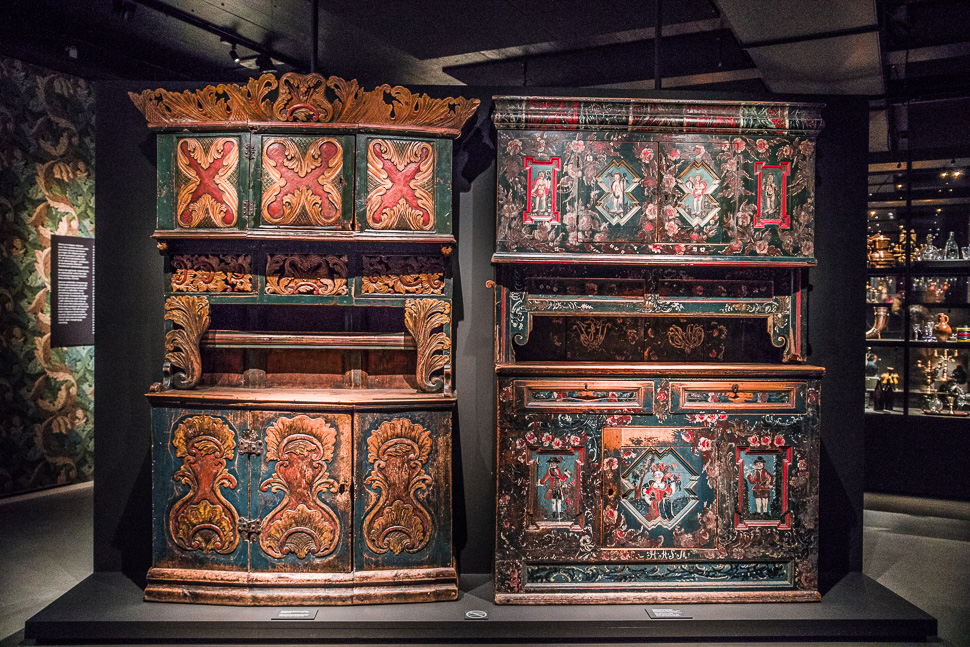
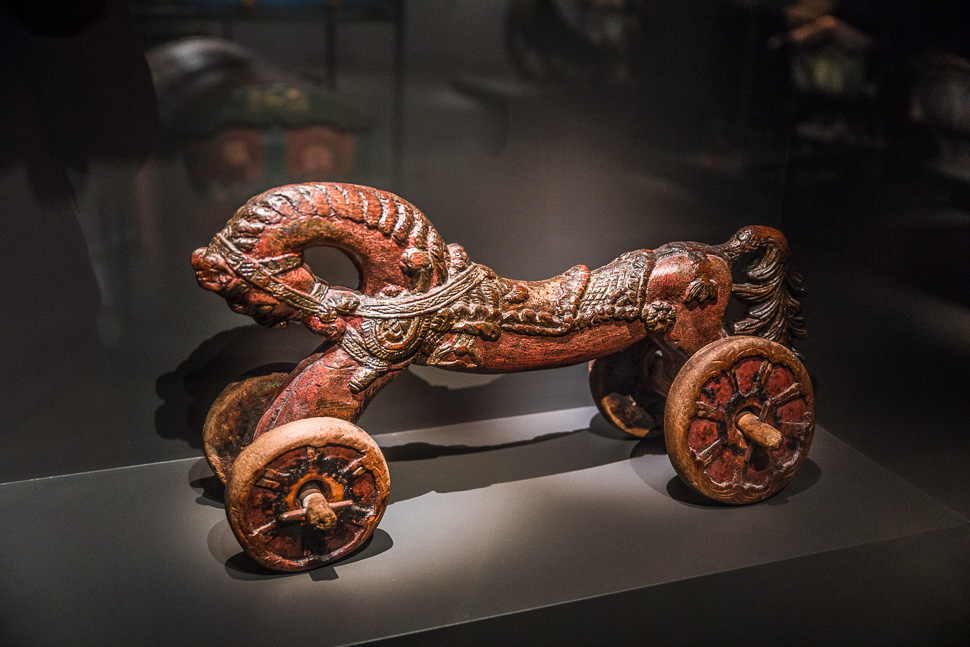
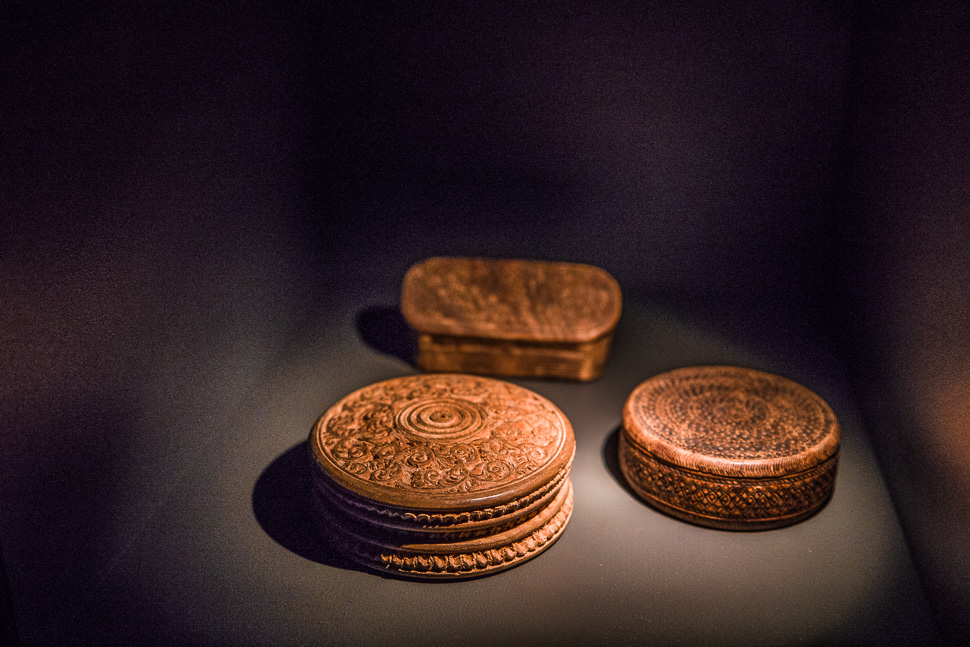
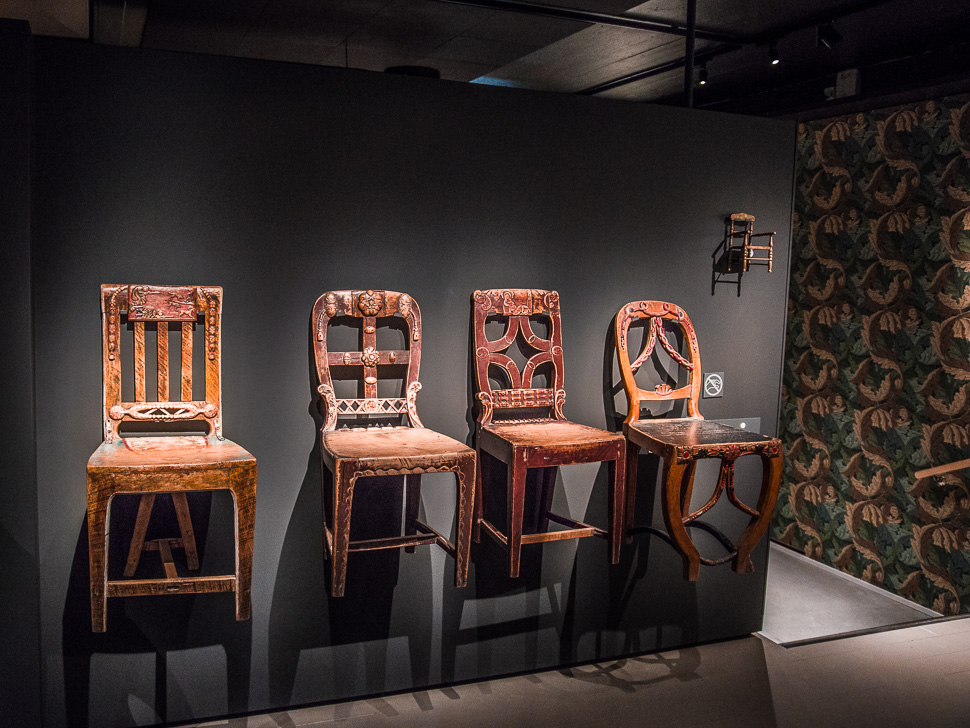
The next exhibition led us through the history of Norway from the melting of the glaciers and the first settlers until the 20th century.
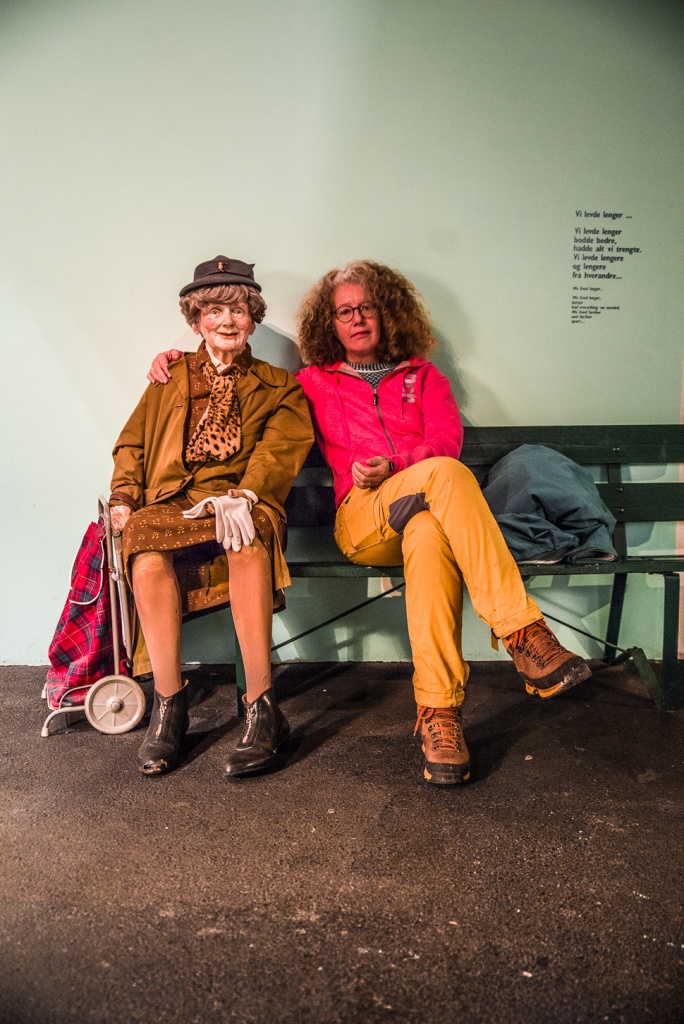
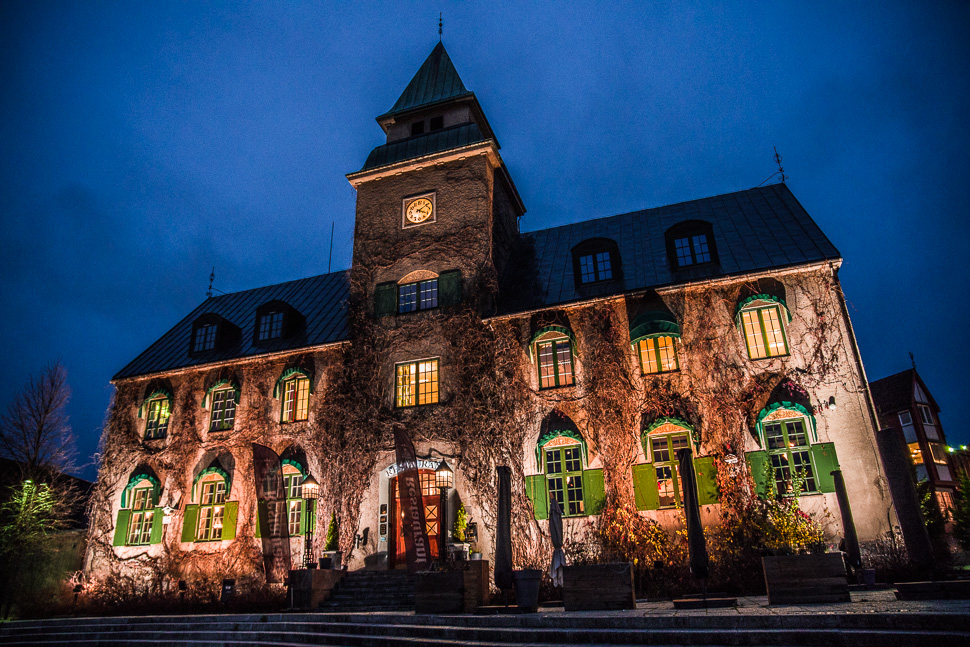
In the evening we went on a stroll through town, enjoying the pedestrian area with many shops and their Christmas decoration.
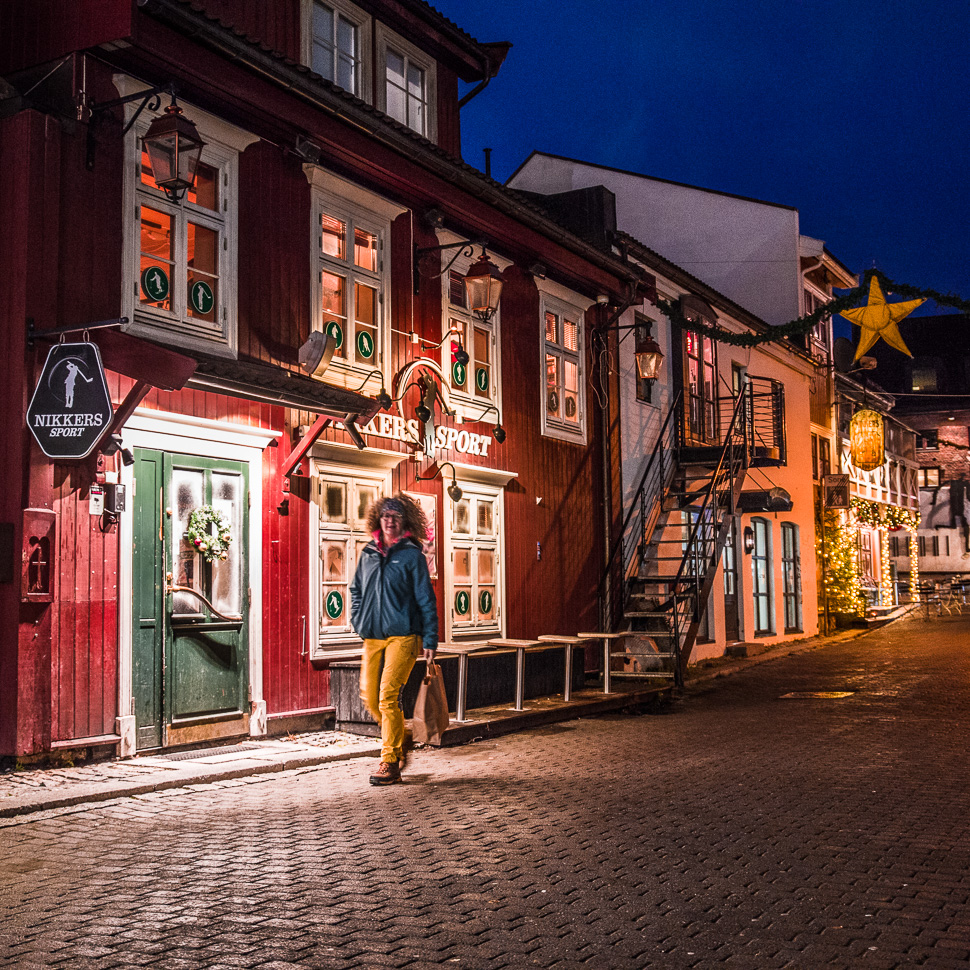
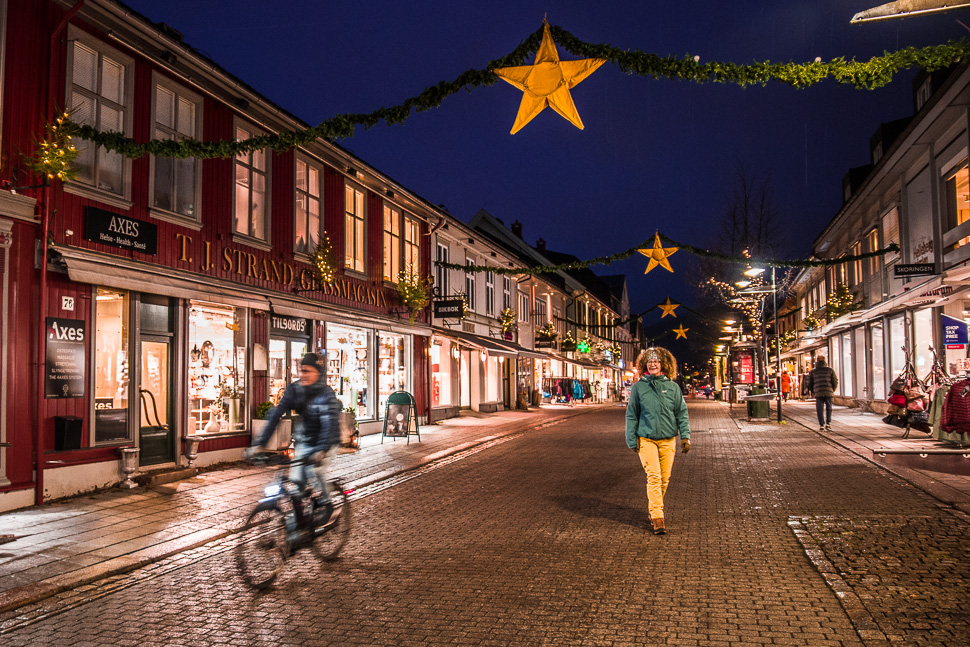
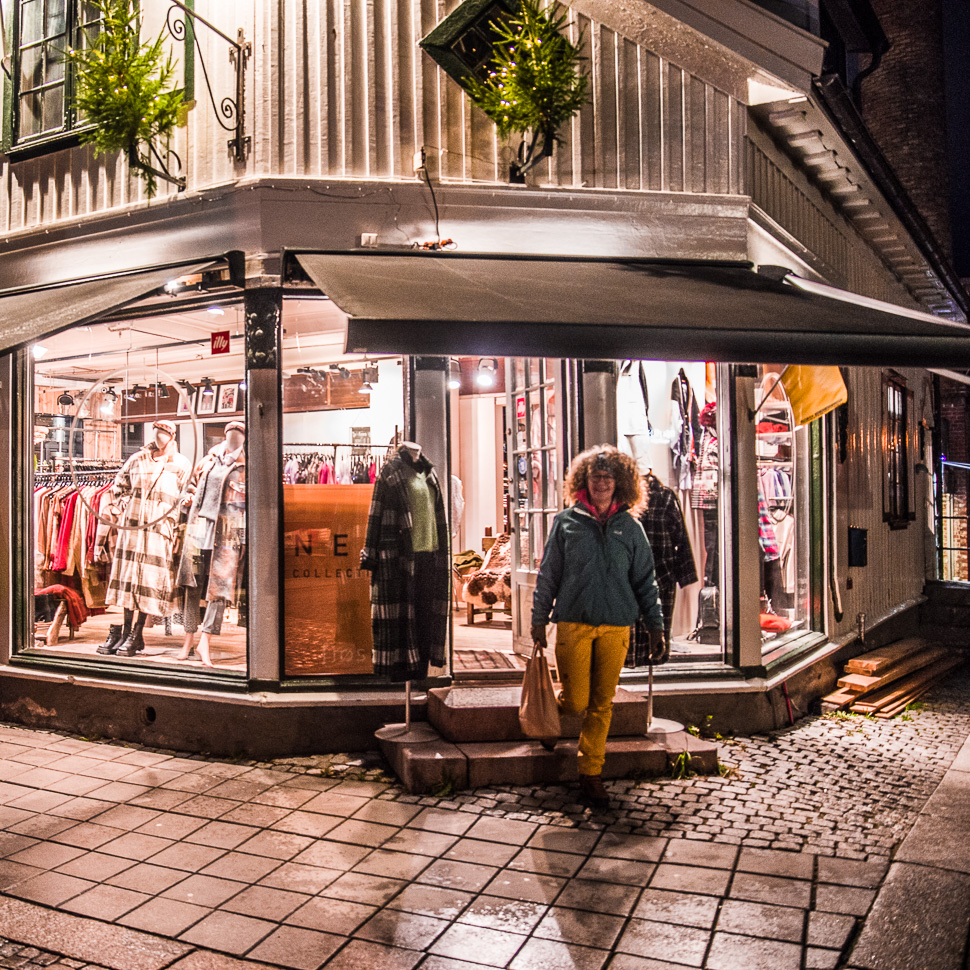
We really like Lillehammer and will spend more time in the area, awaiting an order we made – more on our next post.
